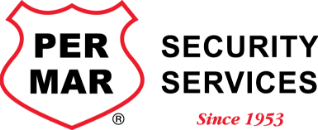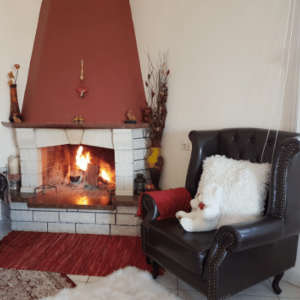Freezing out Winter Fires at Home
February 16, 2022
1. Chimneys
The number one contributing factor to home heating fires is dirty chimneys. Creosote and other debris must be removed from solid-fueled heat sources and chimneys are the most common source.
The National Fire Protection Association Standard 211 states, “Chimneys, fireplaces, and vents shall be inspected at least once a year for soundness, freedom from deposits, and correct clearances.”
Signs of a chimney fire:
- A loud, crackling, or popping noise from the chimney flue (imagine the sound of a large bonfire).
- A lot of dense, thick smoke coming into the fireplace or out of the top of the chimney.
- Flames or things that are on fire (pieces of flaming creosote) coming from the top of the chimney.
- A strong, intensely hot smell.
The bottom line? Keep your chimneys clean at all times.
2. Heat Sources
Believe it or not, heating sources are the second cause of residential fires. In 40% of cases, a space heater is involved. Decreased proximity to flammable items is a good way to prevent this from happening. All flammable items should be at least three feet from heating equipment (furnaces, fireplaces, wood stoves, portable heaters, etc.). Accounting for more than half of home heating fire deaths, flammable items include but are not limited to:
- Upholstered furniture
- Clothing
- Mattresses
- Bedding
- Paper items
The bottom line is to separate your heat sources from your combustible items.
3. Electricity
According to the National Fire Protection Association (NFPA), electrical failures, unattended equipment, electric distribution, and lighting equipment are the leading causes of house fires in the U.S. The good news is that the causes are known and often preventable. What to look out for:
- Faulty wiring
- Lighting
- Cords
- Plugs
- Kitchen/cooking equipment
- Personal equipment (think space heaters and electronics)
How much time will you have to call the authorities?
Electrical fires occur during sleeping hours (between midnight and 8 a.m.) 33% of the time and account for 60% of deaths. This statistic alone presents a strong case to have your smoke detectors monitored by professionals who can send help while you’re reacting to a dangerous and scary event in the middle of the night. We’ll send the fire department while you focus on getting your family out safely!
4. Generators
Those with portable generators usually consider themselves lucky during a power outage, but there are risks. Life-threatening dangers can arise when any equipment is used improperly and generators are not exempt. See the tips below to prevent electrical shock, fire hazards. and carbon monoxide poisoning.
- Never operate your generator inside (including the portable versions).
- Keep your generator at least 20 feet away from the house.
- Test your carbon monoxide detectors and ensure they are monitored.
- Don’t attach your generator directly to your home’s electrical system (unless a licensed electrician has installed it with a transfer switch).
- Keep your generator maintained and in proper working order.
5. Candles & Flammable Decor
Another common home remedy used during power outages is candles. While not as common as other dangers, candles can lead to house fires, specifically on Valentine’s Day, Christmas Eve, Christmas Day, New Year’s Eve, and New Year’s Day. And, not surprisingly, more than half of home candle fires happened when something flammable was too close to the candle (see #2). Since American homes tend to be more decorated around various holidays it’s wise to keep your decorations, and especially live Christmas trees, away from candle flames. Visit NFPA’s website for more candle fire safety tips.
6. Winter Storms
When a winter storm strikes, the electrical fire risk rises substantially. There are a few measures you can take prior to and after a big winter storm.
- Have your smoke detectors/fire alarm system monitored. This ensures help is on the way if you are unable to react.
- Always assume fallen power lines are energized. Stay away from the area and evacuate your home if a line has fallen on it. Report downed lines to authorities immediately.
- Unplug all appliances and other electronics, such as computers and televisions, to prevent damage from surges caused by lightning strikes. This will lessen the chances of a spark getting inside your home, too.
Now that you know the common causes of house fires and when to be most cautious, be sure to check out what to do during a house fire at Fire Safety Tips for Your Home. And, always remember the fire facts: fire is fast, hot, dark, and deadly. Last and definitely not least, having smoke detectors and a fire alarm (both monitored) in your home can be life-saving; we’ve talked to thousands of homeowners who rest easy knowing their families are Per Mar protected. Contact us for a free quote.
 Careers
Careers Customer Support
Customer Support (800) 473-7627
(800) 473-7627 Contact Us
Contact Us Locations
Locations
